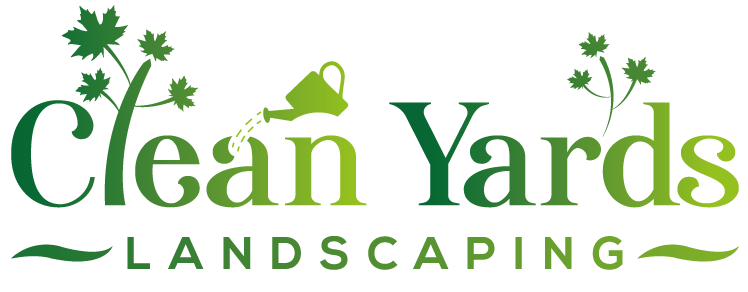Greely Gardens Yellow? Spot Summer Nutrient Problems Fast
Quick Overview
- Yellowing leaves in summer often signal nutrient deficiencies (Nitrogen, Iron, etc.), not just thirst.
- Ottawa's weather (heavy rain) and soil types (clay compaction) contribute to nutrient loss or unavailability.
- Observe yellowing patterns: Nitrogen (overall yellow, older leaves), Iron (green veins/yellow tissue, new leaves).
- Soil testing helps pinpoint exact deficiencies and pH issues.
- Solutions include targeted fertilization, improving soil with compost, adjusting watering, and ensuring proper pH.
Need expert help diagnosing or fixing your yellowing garden? Request a quote today!
Introduction: Uh Oh, Yellow? Why Your Greely Garden Might Be Feeling Blue (or... Yellow)
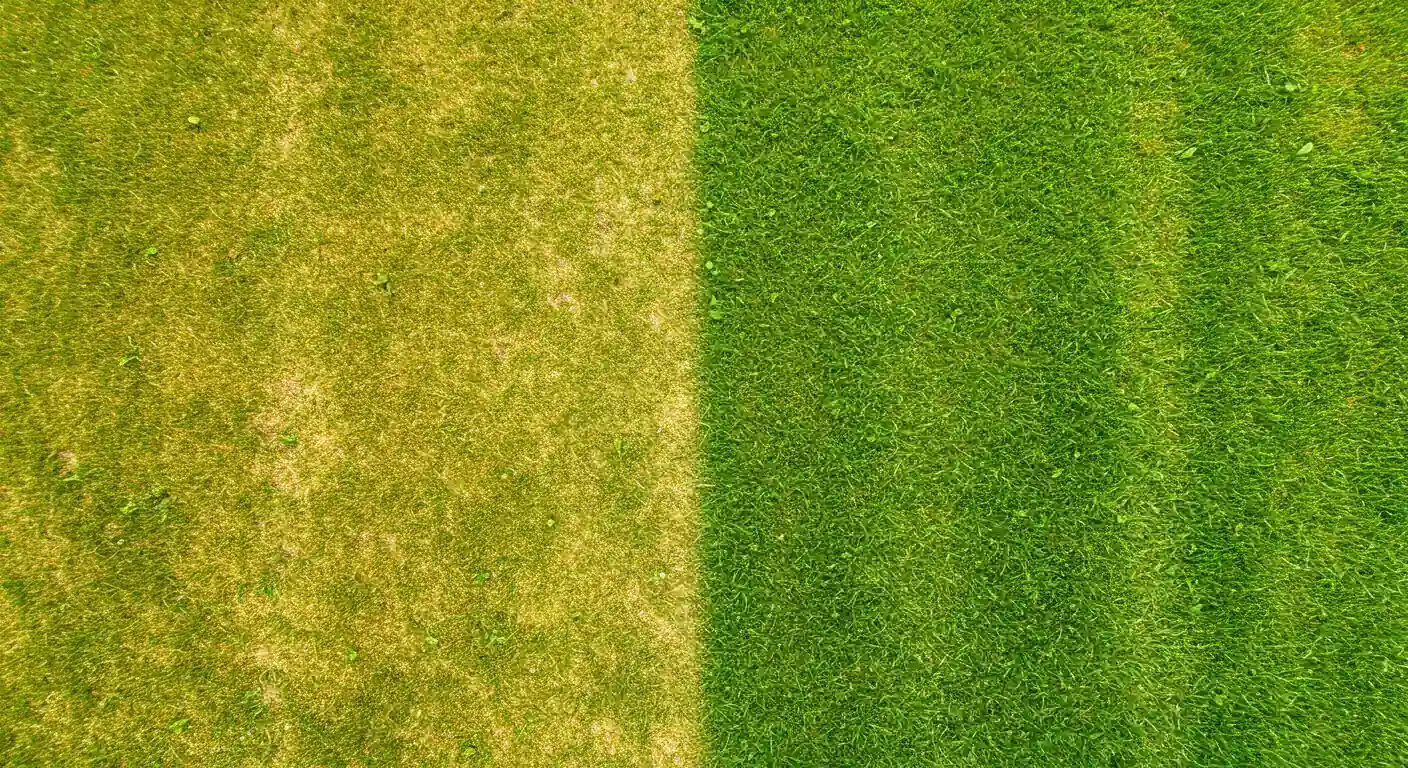
Hey Greely homeowners! Taking pride in your beautiful yard this summer, but wait... Uh oh, yellow? Is your usually vibrant green lawn or garden suddenly looking a bit washed out, maybe even leaning towards a sad shade of straw? It's a common sight around Ottawa, unfortunately, and can be pretty frustrating. You picture lush, healthy landscaping, perhaps the envy of the block from Greely to nearby Manotick, but instead, you get patches of sickly yellow staring back at you.
It can make even the most carefully planned garden beds look like they're feeling under the weather. Often, this isn't just a random colour change – it's like your plants are feeling 'blue' (or, well, yellow!) because they're missing something important. Think of it as them being hungry and needing the right nutrients from the soil to thrive. Don't despair! This isn't usually a garden catastrophe. We're going to dig into the common reasons behind the yellow blues and provide the gardening know-how to help your Greely green spaces get back to their gorgeous, healthy best.
Is your Greely garden looking less than perfect? Let the pros help!
Get Professional Help With Your Garden CareBeyond Thirst: Why Ottawa Gardens Get the Summer Yellows
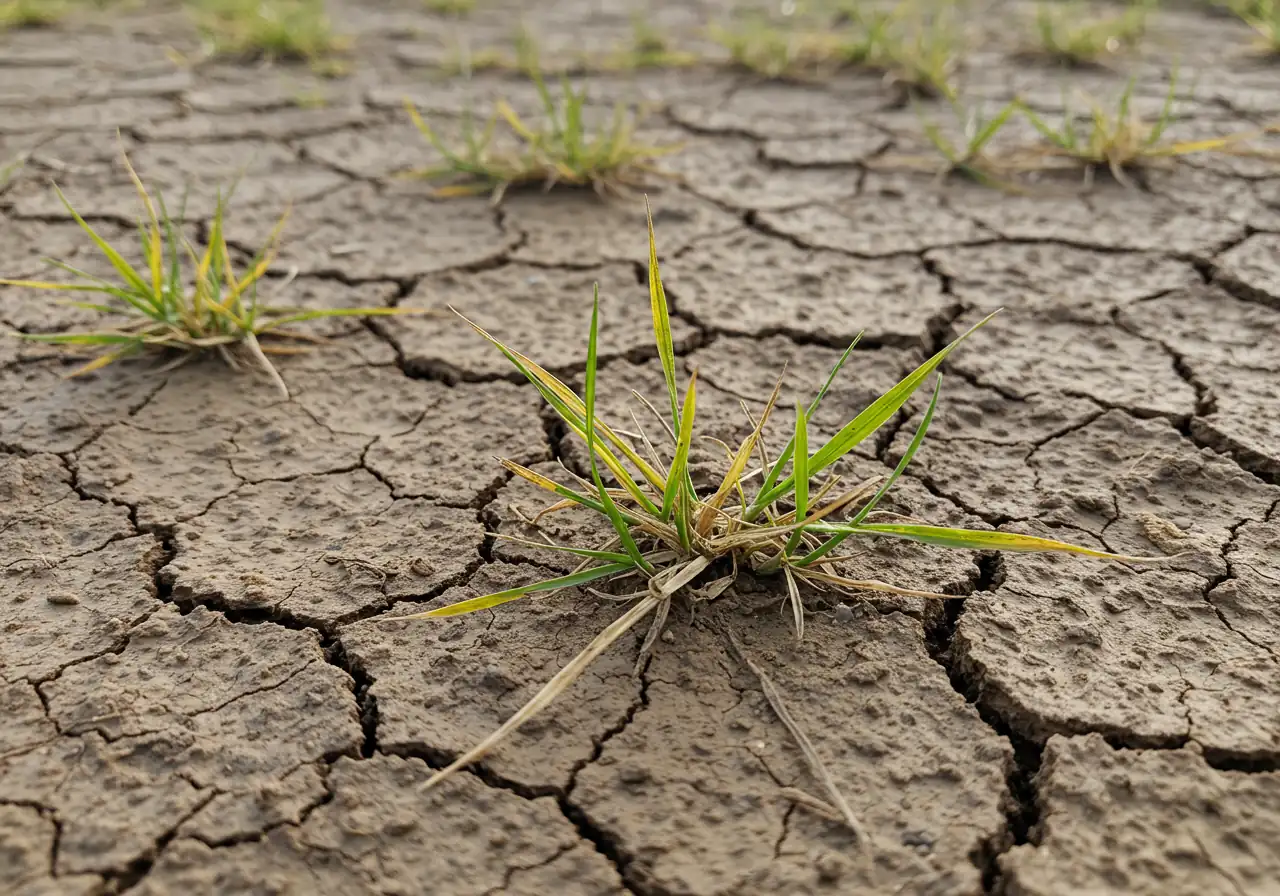
Okay, so you've been watering diligently, maybe even talking nicely to your plants (we don't judge!), but parts of your lawn or garden beds are still looking more lemon than lime? While dehydration is often the usual suspect, sometimes the yellowing problem in our Ottawa gardens goes deeper – literally! Think of it less like simple thirst and more like a nutritional puzzle hiding in the soil.
Our wild Ottawa climate plays a big role. We get those scorchers, followed by sudden downpours. Seems good, right? Water! But heavy rain, especially after a dry spell, can actually wash away essential nutrients from the topsoil. This is called nutrient leaching. It’s like the rain gives your garden a drink but accidentally flushes its vitamins down the drain at the same time. Plants need things like nitrogen and iron to stay green, and when those get washed away, yellowing is often the first SOS signal.
Then there's the soil itself. Many areas around Ottawa, including parts of Nepean and Barrhaven, deal with heavy clay soil. While clay holds moisture, it also gets compacted easily. Think about summer backyard parties or even just regular mowing – all that walking squishes the soil particles together. This compaction squeezes out air pockets that roots need to breathe and makes it tough for water and nutrients to penetrate. It's like trying to drink through a clogged straw! Improving challenging soil is key for healthy roots, whether you're laying new turf - check out this Greely Sod Installation: Clay Soil Lawn Guide - or adding new trees - you can find tips in this guide on Greely Tree Planting in Clay Soil (Spring). One fantastic way to combat compaction in lawns is regular aeration; learn more about Greely Fall Lawn Aeration & Soil Secrets.
Sometimes, the yellow culprit might be a pest munching away unseen, or even a plant disease taking hold. Diseases can spread easily, especially if you're using dull or dirty tools between plants. Keeping things tidy is crucial; you can find helpful advice here: Keep Greely Garden Tools Sharp & Clean to Prevent Disease.
Diagnosing the exact cause of yellowing can feel like detective work. Is it leaching? Compaction? Low nutrients? Pests? Often, it's a combination. Getting to the root of the problem (pun intended!) is key to restoring that vibrant green. If you're feeling overwhelmed by the yellow mystery, remember that professional help is available. Exploring Our Landscaping Services or booking a targeted Greely Yard Cleanup Service can get your landscaping back on track, ensuring your gardening efforts pay off with beautiful, healthy results. See examples of our work on our Transformations page.
Decoding the Distress Signal: Identifying Which Nutrient is Missing
Okay, your plants are looking a bit yellow, and you've ruled out simple thirst or too much sun. It's time to play plant detective! Just like us, plants need a balanced diet of nutrients from the soil to look and feel their best. When they're missing something crucial, they often signal their distress with yellowing leaves, a condition generally called chlorosis. But how they turn yellow can give us big clues about what they're missing. Let's decode those signals!
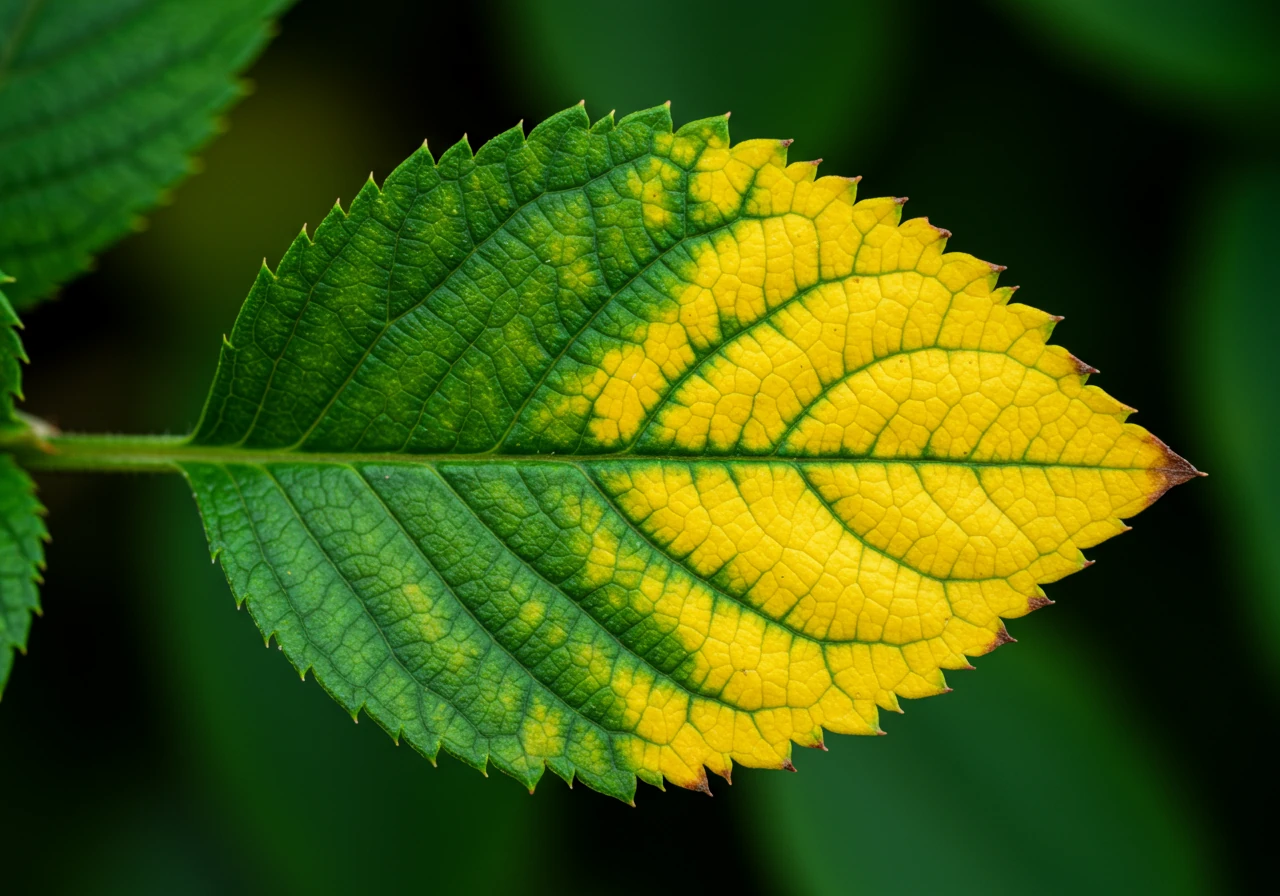
Think of nutrients in two main groups: Macronutrients (needed in larger amounts) and Micronutrients (needed in smaller amounts, but still vital). We'll focus on the common culprits behind yellowing lawns and gardens here in Ottawa.
Nitrogen (N): The Growth Promoter
- Role: Nitrogen is basically the fuel for green, leafy growth. It's a major component of chlorophyll, the pigment that makes plants green and captures sunlight for energy.
- Distress Signal: A nitrogen deficiency usually shows up as a general yellowing or paling of the entire leaf, often starting with the older, lower leaves first. Why the older leaves? Because plants are smart! They'll move scarce nitrogen to support new growth. The whole plant might also look stunted or weak. This is super common in lawns, leading to that faded, patchy look. Consistent Lawn Care often focuses on providing adequate nitrogen.
Phosphorus (P): The Root & Bloom Booster
- Role: Phosphorus is crucial for strong root development, flowering, and fruiting. Think of it as the energy transfer nutrient.
- Distress Signal: While sometimes causing yellowing, phosphorus deficiency more famously makes leaves look dull, often developing a purplish or reddish tint, especially on the undersides of older leaves. Growth will likely be slow. Proper Soil Preparation can enhance phosphorus availability.
Potassium (K): The All-Rounder Health Tonic
- Role: Potassium helps regulate water balance, strengthens plants against disease and stress (like Ottawa's temperature swings!), and aids in flowering and fruiting.
- Distress Signal: Look for yellowing along the edges or margins of the older leaves, which might eventually turn brown and look scorched or burnt. The center of the leaf often stays green longer. It's vital for overall plant resilience, supported by good Garden Maintenance practices.
Iron (Fe): The Green Vein Keeper (Micronutrient)
- Role: Iron is essential for chlorophyll synthesis – no iron, no green!
- Distress Signal: This is a classic one! Iron deficiency causes interveinal chlorosis, meaning the leaf tissue between the veins turns yellow, while the veins themselves remain green. This pattern usually appears on the youngest, newest leaves first because iron isn't easily moved within the plant. Sometimes you see this in neighbourhoods like Barrhaven where soil pH might be higher, making iron less available.
Magnesium (Mg): The Chlorophyll Core (Micronutrient)
- Role: Magnesium is actually a central component of the chlorophyll molecule itself.
- Distress Signal: Similar to iron, magnesium deficiency also causes interveinal chlorosis (yellowing between green veins). However, unlike iron, magnesium deficiency typically shows up on the older, lower leaves first, as the plant moves this nutrient to new growth. The edges might also yellow, sometimes with reddish-brown spots appearing later.
Why Does My Soil Do This? The pH Puzzle
Sometimes, the nutrient is actually in the soil, but the plant can't access it! This often comes down to soil pH. Our Ottawa region soils can vary, but slightly alkaline conditions (higher pH) can make nutrients like iron less available to plants, even if they're physically present. Acidic conditions can cause other issues. Getting a simple soil test can tell you your pH and nutrient levels, taking the guesswork out of fertilizing.
What Now? Fixing the Deficiency
Once you have a good idea of what's missing, you can take action:
- Confirm: If unsure, a soil test is your best bet. Many local resources like the Ontario Ministry of Agriculture, Food and Rural Affairs (OMAFRA) provide guidance on soil testing labs.
- Amend: Add the specific nutrient needed. This could be through fertilizers (follow package directions carefully!), compost, or specific amendments like chelated iron or Epsom salts (for magnesium). Improving overall soil health with organic matter is always a win. Sometimes a major cleanup is the first step before amending, consider an Ottawa Property Cleanup Service or City Property Cleanup Service to clear the way.
- Check pH: If pH is the issue, adjust it gradually using appropriate soil amendments (like sulfur to lower pH or lime to raise it). Consult resources like the City of Ottawa's tree care guides which often touch on soil health.
- Clean Up: Remove severely affected leaves or plants that aren't recovering. This helps prevent potential diseases from taking hold in weakened plants. A thorough Property Clean Up can make a big difference. Services like a Greely Yard Cleanup Service or even a dedicated Marionville Garden Clean Up Service or City Garden Clean Up Service can handle the heavy lifting if needed. Check out our ratings on Google!
By learning to read these yellow distress signals, you can give your garden the specific help it needs. Addressing nutrient deficiencies can lead to amazing Transformations, bringing back that lush, vibrant green we all love in our yards!
Your Garden Detective Kit: A Step-by-Step Diagnosis for Manotick Lawns to Metcalfe Veggies
Okay, your beautiful patch of green, whether it's a lush lawn in Manotick or a prized veggie patch out in Metcalfe, is looking a bit... off. Don't panic! Think of yourself as a garden detective. Let's grab our metaphorical magnifying glass and follow these steps to diagnose the issue.
Step 1: Check the Scene
Rule Out the Obvious Culprits: Check water levels (too dry/soggy?), sunlight exposure (right for the plant?), and any physical damage (pets, mowers?).
Step 2: Inspect for Intruders
Get close! Look for pests (bugs, webs) or diseases (spots, powder) under leaves and on stems. A good Property Clean Up helps, maybe even a Marionville Yard Cleanup Service or Metcalf Yard Cleanup Service if needed.
Step 3: Analyze the Clues
Observe the yellowing pattern. All over? Between veins? Old leaves or new? Match the pattern to potential nutrient issues (Nitrogen, Iron, etc.).
Step 4: Examine the Environment
Is the soil hard/compacted, especially clay soils common near Osgoode? Any recent changes like construction runoff?
Step 5: Call in the Lab
A soil test is definitive for nutrient/pH issues. Use DIY kits or send samples to a lab for detailed analysis. This guides targeted fixing for your Manotick lawn or Metcalfe veggies.
Step 6: Formulate a Plan
Based on findings, take action: Adjust water, treat pests, improve drainage, amend soil with nutrients/compost. A prep cleanup like a Metcalf Garden Clean Up Service or ongoing help from a City Garden Maintenance Service can be invaluable. For new plantings, ensure a proper Garden Install. Got feedback on a quote? Visit Estimate Feedback.
By following these steps, you can move from confused observer to confident garden diagnostician, helping your Ottawa garden get back to its vibrant, healthy self!
Feeding Your Flora: Smart Summer Nutrient Strategies for Ottawa Gardens
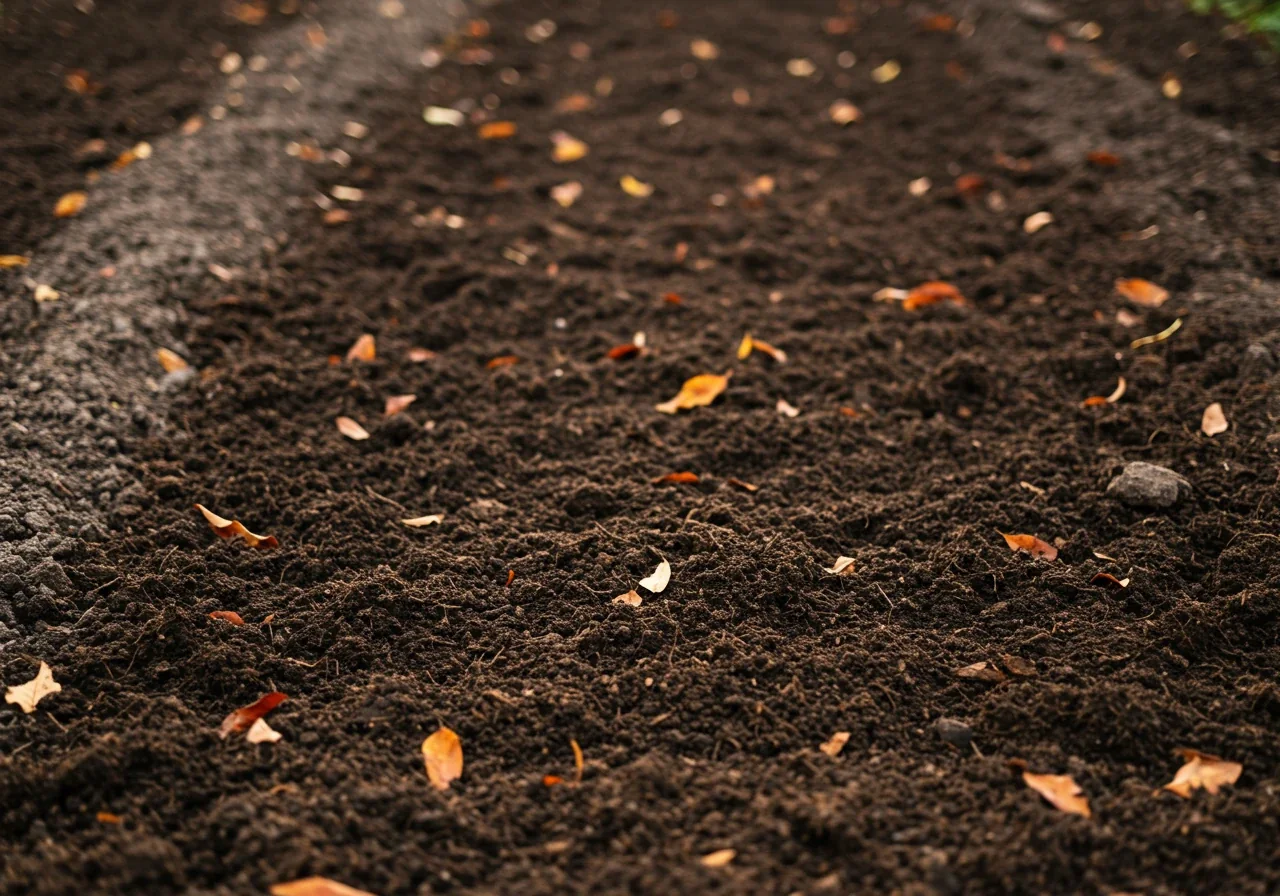
Alright, garden gurus of Ottawa! Your plants have survived the spring mood swings and are now in full summer swing. They're growing like teenagers after a pizza party, and just like hungry teens, they need fuel! But feeding your garden isn't just about tossing down any old fertilizer; it's about giving them the right food at the right time, especially during our hot and sometimes unpredictable Ottawa summers. Let's dig into some smart nutrient strategies to keep your flora thriving from Barrhaven balconies to sprawling Metcalfe backyards.
Quick Snack vs. Slow Supper: Choosing Your Fertilizer
Think of fertilizers like meals for your plants. Some are like sugary snacks – quick-release fertilizers. They give plants a fast jolt of nutrients, which can be useful for correcting a serious deficiency you identified. However, they can also easily burn plants if you use too much, and nutrients the plant doesn't grab right away can get washed out by the next big rainstorm, potentially heading towards our local streams and rivers. Not ideal!
Then you have slow-release fertilizers. These are more like a balanced, hearty supper. They break down gradually, feeding your plants steadily over weeks or even months. This means less risk of burning, more consistent growth, and less wasted nutrient runoff. For most summer gardening needs, slow-release is the smarter, safer choice.
The Organic All-Stars: Compost is King!
Honestly, the best thing you can often give your summer garden isn't a fancy store-bought fertilizer, but good old organic matter.
- Compost: It's the superhero of soil health! Compost not only provides a gentle, slow release of essential nutrients, but it also improves your soil structure. It helps clay soils drain better and sandy soils hold more water – a win-win in our varied Ottawa region soil types. Adding compost encourages beneficial microbes, making the soil a healthier place for roots overall. Before adding amendments, ensure your beds are clear of debris; a thorough clean-up, perhaps using a local team like the Metcalf Garden Clean Up Service or Marionville Property Cleanup Service, makes amending much easier.
- Well-Rotted Manure: Another fantastic organic choice, but make sure it's properly aged (not fresh!). Like compost, it adds nutrients slowly and improves soil.
- Compost Tea: You can "brew" compost to create a liquid feed that gives plants a gentle nutrient boost directly through their leaves and roots. Great info can often be found via resources like the Master Gardeners of Ottawa-Carleton.
Using organic options is generally much kinder to the environment and supports a healthier garden ecosystem. It’s a core part of the philosophy you can learn more about on our About Us page.
Summer Feeding Smarts: Timing and Tips
- Don't Overdo It Mid-Summer: For most established perennials, shrubs, and trees, the major feeding happens in spring. Heavy fertilizing in the heat of summer can stress plants or encourage weak, floppy growth that's more prone to pests and disease. Focus on supporting existing growth, not forcing excessive new growth. Exceptions are heavy feeders like annual flowers and vegetables, which may need regular, light feeding through the season.
- Water Wisely: Always water your garden beds or lawn after applying granular fertilizer. This helps dissolve the nutrients and move them into the soil where roots can access them, and prevents the fertilizer pellets from burning the leaves or stems. If the soil is very dry, water lightly before applying fertilizer too.
- Less is More: Seriously! It’s much easier to fix an underfed plant than an over-fertilized one. Too much fertilizer can burn roots, harm beneficial soil organisms, and lead to nutrient imbalances. Follow package directions carefully if using synthetic fertilizers, or err on the side of using less. For new turf, remember that its needs are different; proper feeding is crucial after Expert Sod Installation Services.
- Protect Our Waterways: Be extra careful when fertilizing near driveways, sidewalks, or ditches. Excess fertilizer easily washes off hard surfaces and into storm drains, eventually polluting Ottawa's rivers and creeks (like the Rideau River - check info from the Rideau Valley Conservation Authority). Sweep up any spills immediately. Responsible feeding is part of good stewardship, whether it's your private garden or maintaining public spaces handled by a City Property Cleanup Service or Metcalf Property Cleanup Service.
- Think Seasonally: Consider a simple seasonal approach. Spring: Main meal. Early Summer: Light snacks for heavy feeders or if deficiencies show. Late Summer/Fall: Wind down feeding to let plants prepare for winter. Consistent care, including appropriate feeding, is key, and regular Professional Garden Maintenance Services can keep your plants on the right schedule.
Keeping your garden fed doesn't have to be complicated. By focusing on soil health with organic matter and using supplemental fertilizers thoughtfully, you can keep your Ottawa garden looking lush and vibrant all summer long. And if the weeds or debris are getting in the way of your feeding plans, remember a good Ottawa Garden Clean Up Service can give you a fresh start!
Common Plant Nutrient Needs (Relative)
*Illustrative chart showing relative amounts needed by many plants. Actual needs vary by plant type.
Quick Tips for Greener Gardens from Greely to Kanata
Want that gorgeous green look for your Ottawa yard without pulling your hair out? Here are a few quick tips to keep your lawn and garden beds happy from Greely clear over to Kanata:
- Water Deep, Not Daily: Instead of light sprinkles, water your lawn and gardens deeply but less often (check the soil first!). Aim for early morning. This encourages strong roots that can handle those Ottawa summer dry spells better.
- Mulch is Your Friend: Seriously! A couple of inches of quality mulch around plants keeps soil moisture in, weeds out, and makes everything look tidy. Need a hand getting that crisp look? Consider professional Mulching and Edging Services.
- Feed the Soil First: Happy soil equals happy plants. Regularly add compost to your garden beds. It improves structure and provides gentle nutrients. It’s a cornerstone of the sustainable practices we outline on our About Us page.
- Keep it Tidy: Don't let dead leaves or spent flowers linger. Regularly tidying up discourages pests and diseases. If the task feels overwhelming, a helping hand like the Metcalf Yard Cleanup Service can reset your space beautifully.
- Know the Plan: Whether doing it yourself or hiring pros for something like a regular City Yard Cleanup Service, understanding best practices and service details helps achieve the best results. Our Terms and Conditions page provides clarity on our service agreements. Contact us via our Contact Us page for specifics.
FAQs: Your Ottawa Summer Garden Nutrient Questions Answered
Got questions about keeping your Ottawa garden green and glorious this summer? You're not alone! Fertilizing and nutrients can feel a bit like mad science sometimes. Here are answers to some common head-scratchers we hear from folks around the city, from Richmond yards to Metcalfe veggie patches.
Ah, the dreaded yellow patch! Often, especially in lawns, this points to a lack of nitrogen – the key nutrient for green, leafy growth. Before applying fertilizer, though, ensure good Soil Preparation is part of your routine, as compaction can also prevent nutrients from reaching the roots. Proper soil structure lets your lawn breathe and feed!
Generally, yes! Your hardworking veggies are often heavy feeders, needing consistent nutrients throughout the growing season for the best harvest. Many flowers are less demanding. Thoughtful Material Selection of fertilizers or compost is important here. Tailor your feeding strategy based on the specific needs of what you're growing in your Barrhaven garden beds.
Absolutely! Heavy clay soil, common around Osgoode and other Ottawa areas, holds nutrients well but can easily become compacted, making it tough for roots to access water and food. The superstar solution is adding organic matter like compost regularly. This improves soil structure, drainage, and nutrient availability for healthier plants.
Compost is fantastic – think of it as the ultimate soil conditioner and slow-release multivitamin for your garden. For many established perennials and shrubs, it *is* often enough! However, hungry plants like vegetables, annual flowers, or those showing specific deficiency signs might benefit from a targeted fertilizer boost. We aim to provide clear gardening advice, just like our clear commitment to your data protection outlined in our Privacy Policy.
Definitely avoid applying fertilizer during the peak heat of a major dry spell! When plants are stressed from heat and lack of water, they can't properly absorb the nutrients, and the fertilizer salts can actually burn their roots. Wait for cooler temperatures or after a good soaking rain. Sometimes clearing out stressed or dead plants first is wise; consider an Ottawa Yard Cleanup Service to refresh the area. We hope these tips help - Thank You for reading!
Conclusion: Keep Your Greely Garden Glowing (With Health, Not Yellow!)
So, those pesky yellow leaves don't have to spell disaster for your beautiful Greely yard! We've dug into why your plants might be showing the yellow flag – from needing specific nutrients like nitrogen or iron, to facing challenges like compacted soil or tricky pH levels, especially common around Ottawa. Remember, figuring out the real reason behind the yellow is the most important step. Playing garden detective helps you give your plants exactly what they need, whether that's enriching the soil with compost, choosing the right feed, or adjusting your watering routine.
Getting your landscaping back to vibrant green is totally achievable. If you're feeling stuck or want expert advice tailored to your specific patch, from Manotick lawns to Greely flowerbeds, don't hesitate to reach out. Explore our professional landscaping services to see how we can help diagnose and treat the issue. Need a more hands-on approach to rejuvenate tired garden beds or tackle tricky soil? Booking a targeted Greely Yard Cleanup Service can give your space a healthy reset.
Ready for a healthier, greener yard? Let's get started!
Request Your Free Estimate NowDon't let a bit of yellow dim your gardening sparkle! With thoughtful care and the right approach, you can banish the yellow and keep your Ottawa garden glowing with health all season long. Happy gardening!
